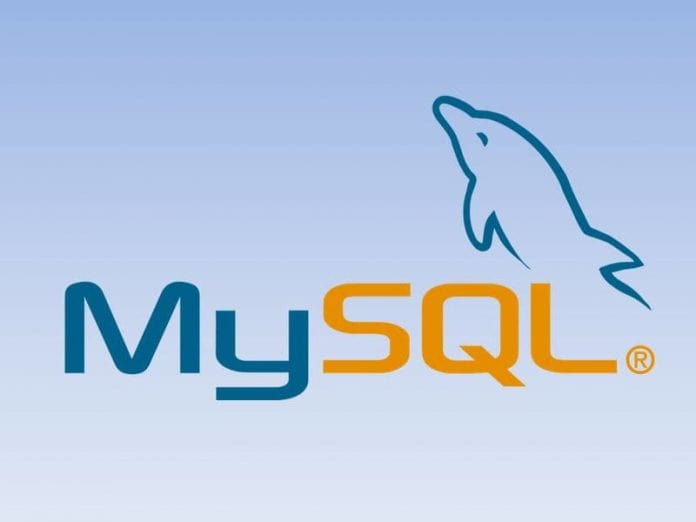The article illustrates the relationship between data and semantics of data stored in a database, with reference to the semantic WEB and the future WEB 3.0 standard.
With this test, proposed in 1950 and well known to computer science professionals, the cryptanalyst mathematician Alan Turing laid the foundations for the advent of artificial intelligence engineering and, more generally, to identify a point of arrival stable in the evolution of IT systems.
Although Turing’s ideas, at first, may seem a little distant from the primary purposes of the MySQL Italy community, on a more in-depth analysis it turns out that, for several years now, the scientific community – in large part of the IT, but the studies are expanding to a very large number of research areas – it is increasingly focusing its effort towards a profound evolution of the concept of the IT system. And, as we will see later, for 20 years now – in the age of networks and the Internet – this evolution ends up deeply involving network architectures and, consequently, databases.
Based on the quote above, it is easy at this point to understand why the ever-growing interest in artificial intelligence: the web, in its most advanced form, meets the ability of a computer machine to “reflect”; the semantic web was born from this encounter. By semantic web, we mean an advanced web having the ability to carry out complex reasoning on the queries received. An example would be the following query on any search engine proposed by the W3C: “Find me the most elegant way to solve Schrödinger’s equation” From the point of view of a computer, what does “elegant” mean?
And again, how do you decide if one solution is more elegant than another? Is there a parameter that Web 2.0 can use to establish an order relationship between one or the other result? To these questions, the current Web 2.0 cannot answer these, or in some cases, it knows how to do it in a very reduced way. The semantic web, therefore, as specified by Tim Berners Lee, aims to transform the World Wide Web into an environment where published documents, HTML pages, files, images, etc., are associated with particular information, metadata.
The metadata can specify the semantic context of the data in a format suitable for interrogation, interpretation and, more generally, for automatic processing. In terms of versions, all of this corresponds to Web 3.0. As you may have noticed, the word “interrogation” has so far occurred several times in this article. This is no coincidence, because the World Wide Web, however complex, is an application that works on a huge structure of computer networks that in most cases, to carry out their tasks, refer to databases containing the information of interest.
With reference to MySQL, therefore, we could think, for example, of an e-commerce portal as a system referable, schematically, to a client application (written in a given language, for example, PHP) that queries a database according to specific rules for guaranteeing safety. So what could designing a rudimentary semantic web system mean? Providing an answer to this question could give rise to various discussions, but on a large scale, one could reflect on the idea of ”transforming the Web into a database, which would facilitate access to content by multiple applications that are not necessarily browsers or, in other words, to build that environment consisting of documents associated with metadata, which specify semantic information, – theorized by Berners-Lee. In practical terms, a possibly simple and effective tool is needed to define and store the semantic information associated with the documents.
In the IT discipline, we can certainly include among them the eXtensible Markup Language, better known by the acronym of XML, and even more specifically some of its derivatives, the RDF (Resource Description Framework) and the OWL (Ontology Web Language), expressly created for use in artificial intelligence. Beyond the specific aspects, the theory shows that XML is perfectly usable in the representation of structures that express, at the core, the kinship relationships or are “part of”, necessary in the production of metadata for semantics. Without going into the specifics of the XML language, let’s assume we have chosen it for our purpose.
How can we migrate this information, so structured, into a MySQL database? A very simple example could be the one proposed by mysql.com, which specifies that starting from version 5.1 of MySQL, the client provides for the possibility of loading XML structures within the database. With the following statement, for example, we create a MySql table:
CREATE TABLE x (doc VARCHAR);
And insert in the x table created the values of an XML file:
INSERT INTO x VALUES(XML INSTRUCTIONS);
It is also possible to load XML information into the database through specific PHP language libraries. Furthermore, it is possible to use predefined tools, external to MySQL, for loading data. An example is the Navicat Lite MySQL tool, which allows, in addition to database management, to upload files corresponding to XML or CSV structures. Beyond the method of loading information into the database, and beyond the tool (XML, RDF, OWL etc.) chosen to represent the ontology that bears semantic information, the purpose of storing such information should be quite clear: a request launched from a search engine interface no longer passes through a “simple” list of results based on the correspondence of the key concepts entered, or little more; a request is “interpreted” (thanks to the semantic criteria set, the retrieval of which occurs with a query to the database), and reasoning are carried out on it, which in the worst case will lead to the same results obtainable from a “non-semantic web” . This creates an intelligent structure, a more effective organization of information, and a better indexing of contents.
When you want to make a strong Oracle DBA career then you should be aware of database services and other database technology. Without having knowledge of Oracle internals , Oracle performance tuning, and skill of Oracle database troubleshooting you can’t be an Oracle DBA expert. This expert DBA Team club blog always provides you latest technology news and database news to keep yourself up to date. You should need to be aware of Cloud database technology like DBaaS. All Oracle DBA tips are available in a single unique resource at our orageek. Meanwhile, we are also providing some sql tutorials for Oracle DBA. This is the part of Dbametrix Group and you would enjoy more advanced topics from our partner resource.






